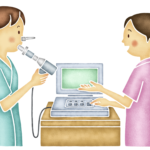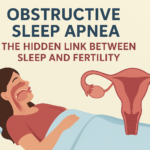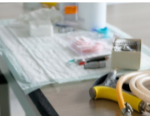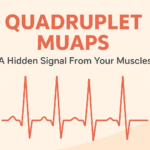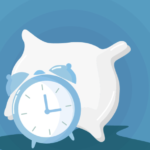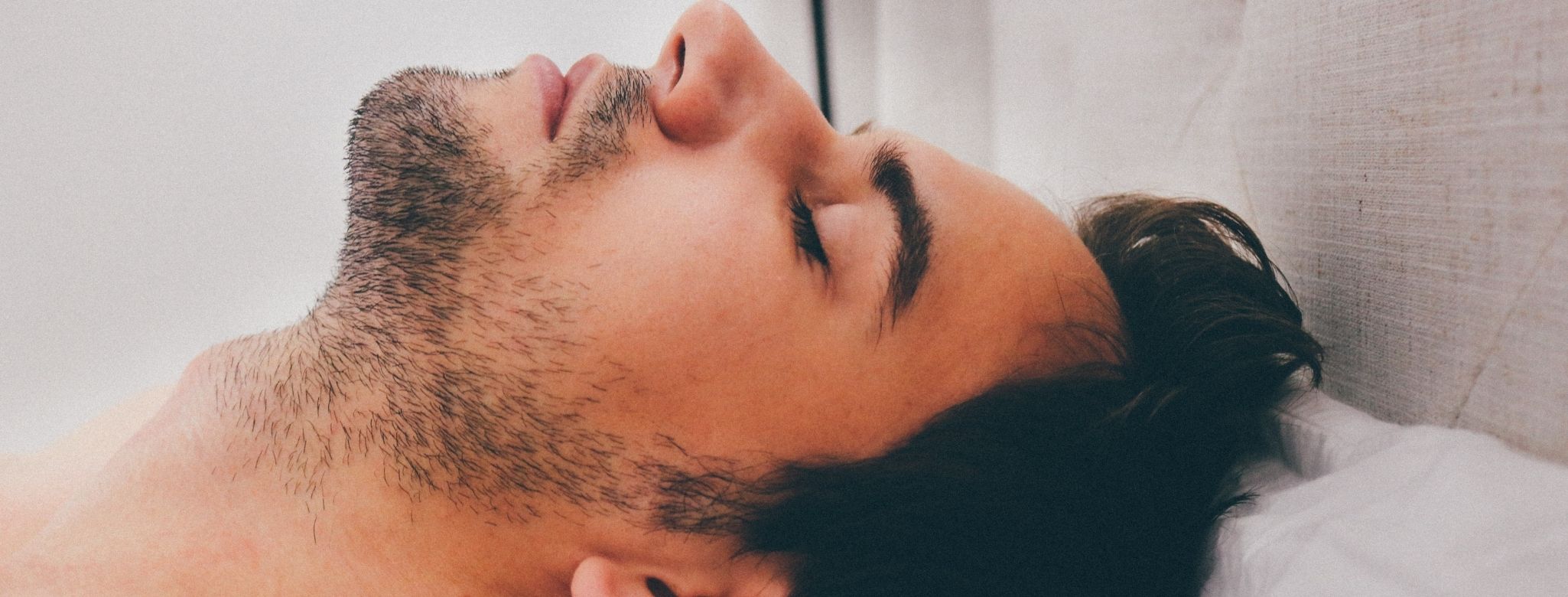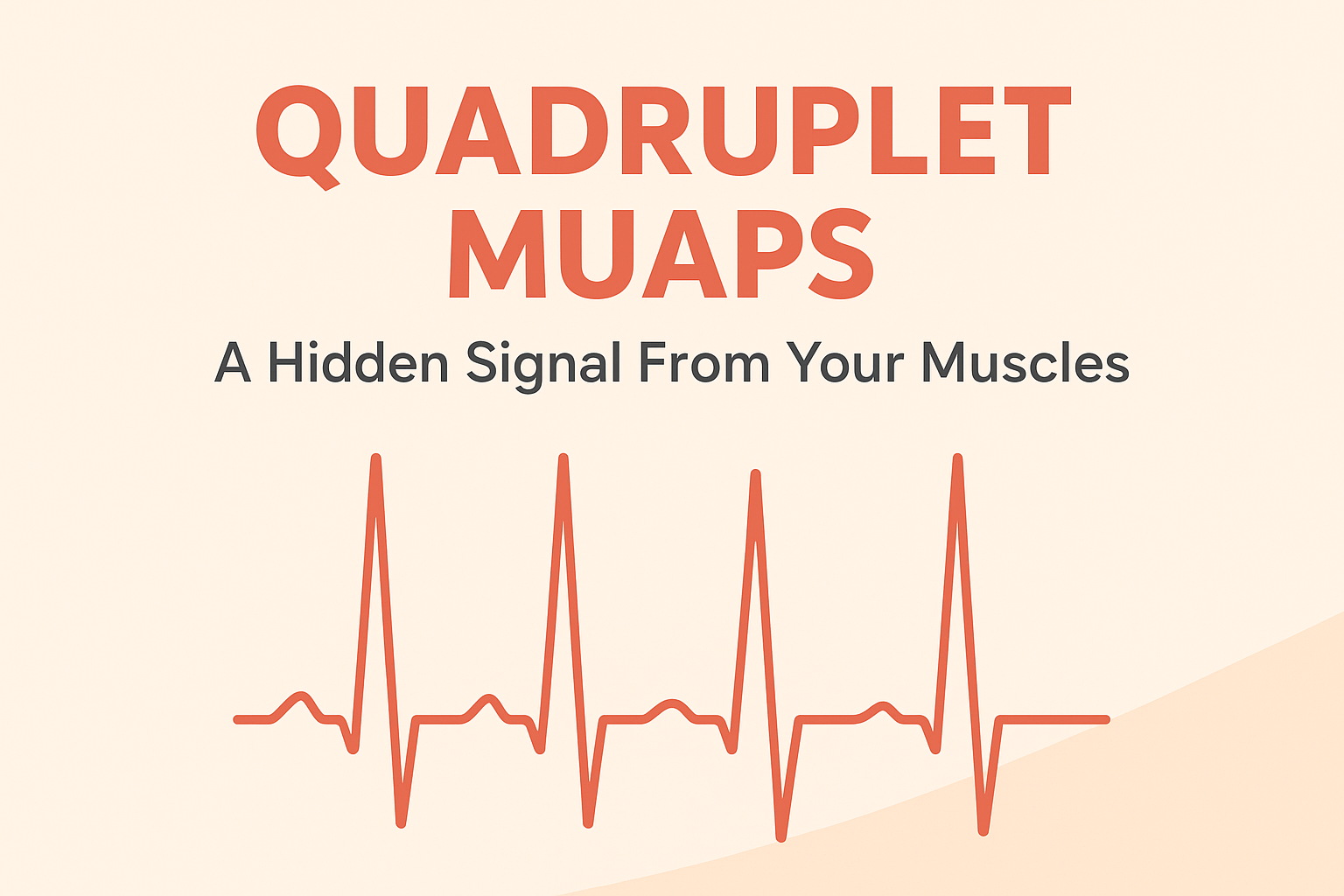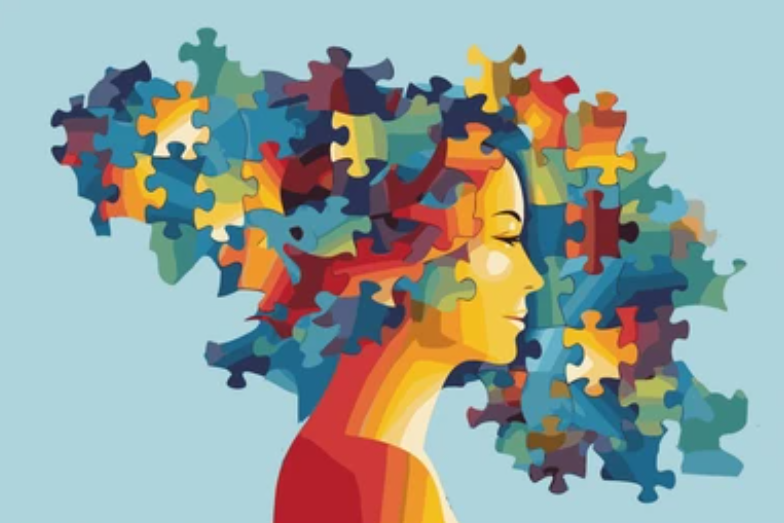June 15th 2021|| Sleep Disordered Breathing, Neuromuscular Disorders
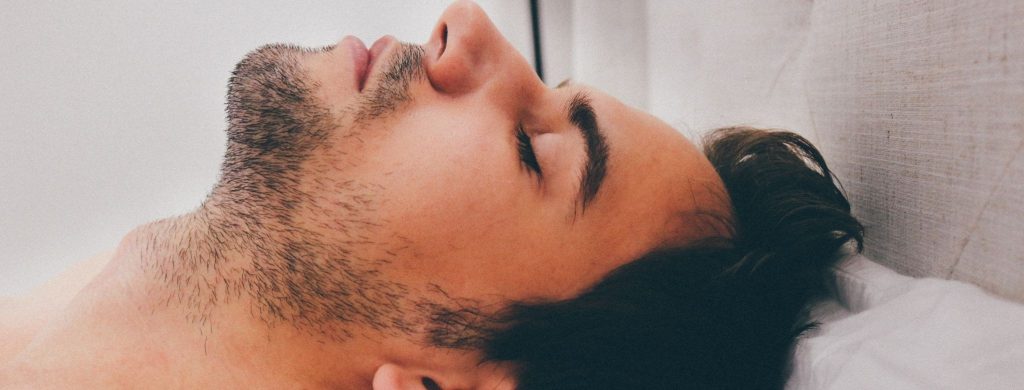
Sleep Disordered Breathing (SDB) in Patients with Neuromuscular Disorders
Neuromuscular disorders (NMD) are disorders are disorders that affect the functioning of muscles. These include disorders of the Anterior Horn Cell such as Amyotrophic Lateral Sclerosis (ALS), disorder of Neuromuscular Junction such as Myasthenia Gravis, disorders of motor nerves such as Guillian-Barre syndrome, and disorders of the muscle such as Duchenne Muscular Dystrophy (DMD), etc, in which a range of muscles get affected either directly due to degeneration of muscles or indirectly due to degeneration or neurons that provide signals at the neuromuscular junctions. While patients with NMDs visibly face motor and movement difficulties, they also often suffer from Sleep Disordered Breathing (SDB) for years before they experience day time or diurnal respiratory muscle collapse due to the progression of their disorder. Sleep disordered breathing affects 36% to 53% of adults diagnosed with NMDs.
Why does SDB occur in NMD patients?
There are certain physiological changes take place in the upper respiratory tract while we sleep. During NREM sleep, there is reduction in muscle tone of the upper airways which leads to decrease in the ventilation. During REM sleep, there is further reduction in muscle tone and the breathing pattern is irregular. Patients with NMDs who already have weak muscles may not be able to cope up with these regular changes and hence face sleep issues such as apnea, hypoapnea, abnormal breathing pattern, hypoventilation, sleep disturbance, hypoxia etc.
How SDB affects patients with NMDs
- Almost 75 % of ALS patients suffer Central Sleep Apnea and Hypoventilation.
- 40 to 60 % patients with Myasthenia Gravis suffer excessive day time sleepiness and fatigue.
- Children with DMD often show increased night time awakenings and excessive daytime sleepiness.
The factors that contribute to these SDB include:
Upper Airway resistance: Weakness of the pharyngeal muscle leads to increase upper airway resistance which can lead to Obstructive Sleep Apnea(OSA).
Diaphragm weakness: Weakness in the diaphragm primarily causes sleep disturbances during REM, and reduces ventilation. At later stages of the disease, NREM sleep also gets affected.
Inspiratory muscle weakness: Accessory muscles other than the diaphragm that are required for breathing in air into the lungs can also get affected and lead to lesser air being taken in to the lung, lowering lung volumes.
Treatment and Therapy
Non Invasive Ventilation or NIV is the chosen method for the treatment of SDB for patients with NMD. In this oxygen is delivered to the patient via a face mask, by creating a positive airway pressure, i.e., a greater pressure outside the lungs so that air is forced into the lungs. This reduces the effort that is required by the muscles for breathing. However, if the patient is in the very advanced stages of their NMD, they may require an invasive procedure such as tracheostomy with ventilation to help with their breathing.
Why see a doctor?
Though patients with NMDs may already suffer from various issues, they should regularly get themselves checked for sleep disordered breathing as it can be treated, and can be a huge relief for the otherwise untreatable progression of their disorder.
To seek help or know more about how to Sleep Disordered Breathing and Neuromuscular Disorders, you can visit the Neurology and Sleep Centre, the 1st sleep centre in the country accredited by Indian Board of Sleep Medicine at L-23, Hauz Khas Enclave, New Delhi, Delhi-110016 (INDIA)
Or give a call on +91-11-46070321, +91-9643500270,

